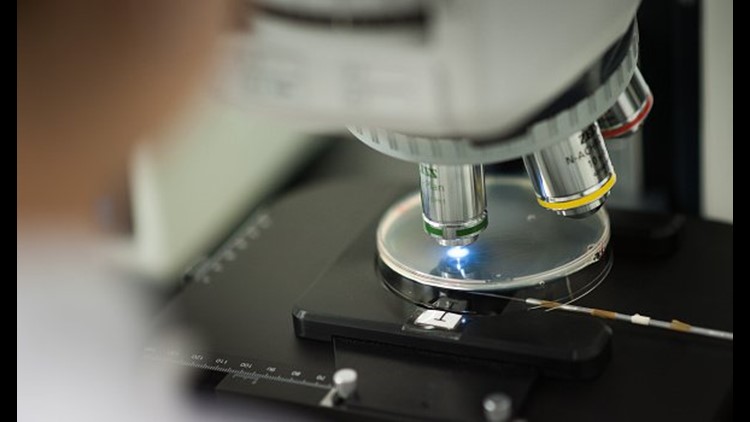NEW YORK — Neanderthals may not have been as lucky as our human ancestors in the long run, but that doesn’t mean the two subspecies didn’t get lucky.
Scientists have discovered that Homo sapiens — that’s us — made more babies with archaic human-like species than initially thought. That sexual history has left a mark on the human genome, possibly influencing our immune systems and metabolism, according to a new study published in the journal of Science.
Scientists analyzed the genetic information of more than 1,500 people from all around the world and determined that ancestors of modern humans interbred with Neanderthals and Denisovans.
They learned that some Asians, Europeans and even the Melanesians of Papua New Guinea had Neanderthal and Denisovan ancestry.
Mystery surrounds the Denisovans, which were related to Neanderthals but genetically different, in much the same way Neanderthals were distinct from modern humans. In 2008, fossil remains of Denisovans were discovered in a cave in Siberia.
The discovery of traces of Denisovan DNA in the people of Melanesia is significant because the Pacific Islanders live thousands of miles away from the Siberian region that Denisovans are believed to have existed.
“It is still not exactly clear when and where Melanesian ancestors crossed paths with Denisovans, but our best guess is somewhere in mainland Southeast Asia,” University of Washington evolutionary geneticist Joshua Akey, who helped lead the study, told CNN.
This is a likely scenario based on the low levels of Denisovan ancestry found in some South Asian populations.
The study confirms early theories that our human ancestors interbred with other hominini after they left Africa more than 50,000 years ago.
“What was surprising from our study is that it revealed the history of contact with Neanderthals was more complicated than previously anticipated,” Akey said.
And those sexual encounters may have played an important role in bestowing humans with biology that impacts our skin and hair, giving us infection-fighting advantages. “Many of these genes are involved in immunity and likely helped our ancestors fight new pathogens that they were exposed to as they dispersed into new environments,” Akey said.
The research discovered that all non-Africans who were analyzed in the study had traces of Neanderthal, and different groups from Europe, Asia and Melanesia had distinctive blends of Neanderthal genes, which likely means humans repeatedly ran into these hominini, according to Benjamin Vernot, a postdoctoral student in genomic sciences at the University of Washington, who led the project.
“Studies like ours help to better understand the sources contributing to patterns of human genomic diversity,” Akey said.
This study gives scientists new clues about the archaic DNA that may have influenced traits in modern humans.



